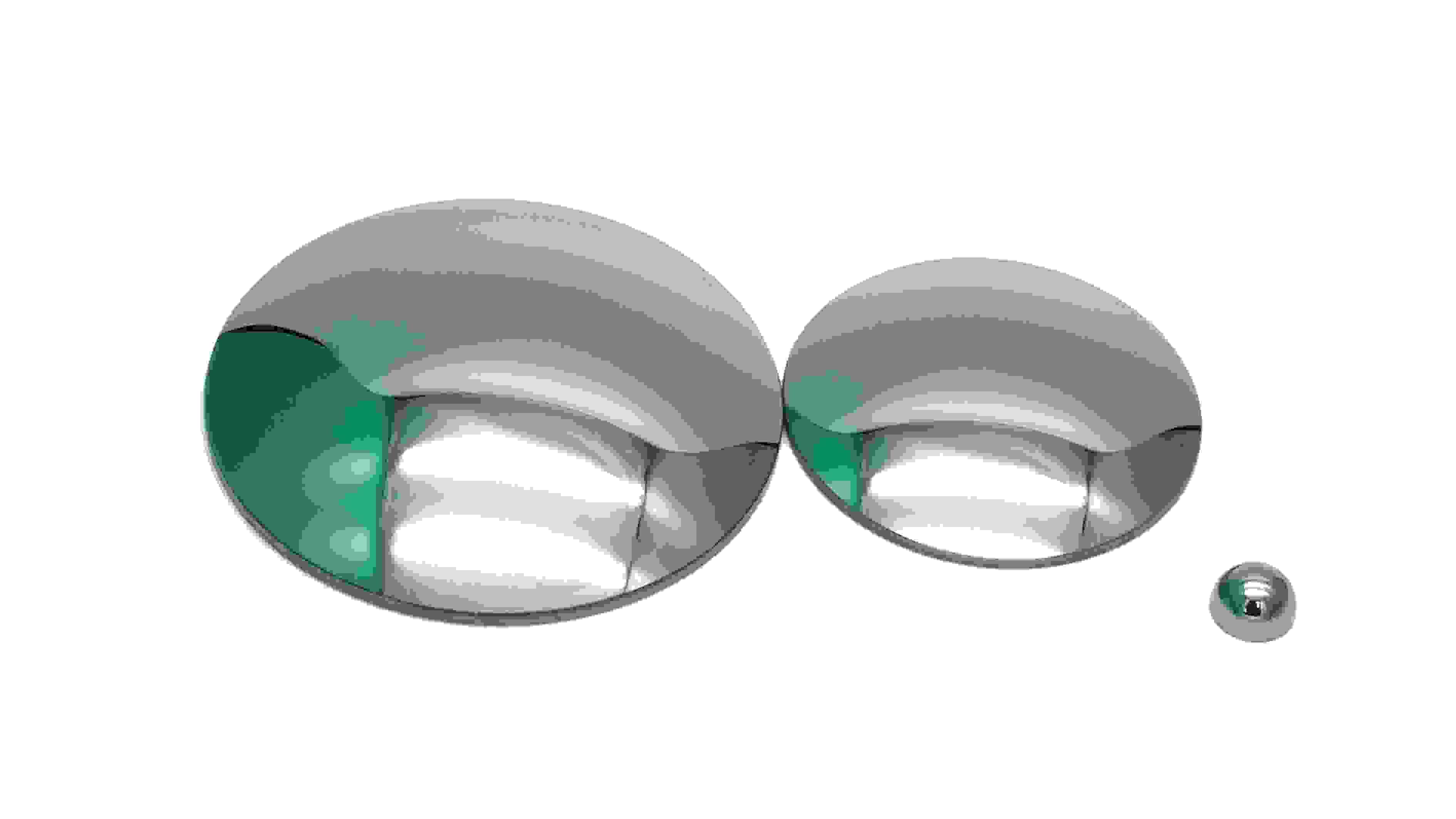High Resistance Silicon Lens
Apart from synthetic diamond, high-resistivity silicon is the only isotropic crystal material suitable for an extremely wide range from near-infrared (1.2μm) to millimeter waves (1000μm). Compared with diamonds, the growth and processing of high-resistance silicon are relatively inexpensive. In addition, it can be processed to a considerable size, allowing for the manufacture of THz electronic components based on this. For terahertz applications, we offer high-resistivity floating region silicon (HRFZ-Si), which maintains a transmission rate of approximately 50-54% in the terahertz band, with wavelengths up to 1000μm(and even up to 3000 and 8000μm).
|

Product Manual: | Characteristics
· Material: High-resistance silicon
· Diameter tolerance: ± 0.1mm
· Focal length error: ± 1%
· Light transmission aperture: ≥ 90%
· Surface quality: 80/50
· Customizable sub-hemispherical, hemispherical, super-hemispherical, bullet type, half-moon type and other types of lenses are available |
The transmission and reflection of 5mm thick HRFZ-Si in the THz range | THz signals transmitted through air and HRFZ-Si | The dielectric constant of N-type silicon with different impurity concentrations of 1THz |
|
|
|
 |  |  |
|
|
|
|
|
|
HRFZ-Si has extremely low loss within the THz range. As shown in the above figure, the THz waveform of HRFZ-Si is similar to that of air. This indicates that high-resistance silicon absorbs almost no terahertz waves. The complex dielectric constant of silicon depends on its conductivity (i.e., the concentration of free carriers). The right figure shows the dielectric constants of silicon with different impurity concentrations at 1THz. For low impurity concentrations, the dielectric constant is almost the actual value, approximately equal to the high-frequency dielectric constant. As the concentration level of impurities increases, the real part of the dielectric constant becomes negative, and its imaginary part gradually increases to the point where it can no longer be ignored. |
|
Product Picture |
Product Model |
Drawings And Specifications |
Operation |